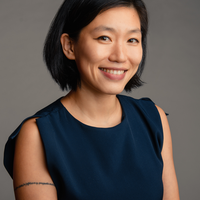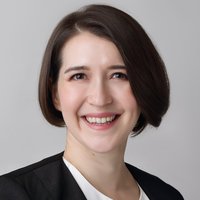Computer & electronics hardware
Nadya Peek
She builds novel modular machines that can do just about anything you can imagine.

Asia Pacific
Yvonne Gao
Building modular hardware for quantum computers

Asia Pacific
Gibran Huzaifah Asmi El Farizy
Created an IoT smart feeding solution that leverages data to increase fisheries’ efficiency and profitability

China
Jingyi Jessica Li
Improving the scientificity and transparency of data analysis

Asia Pacific
Katherine A. Kim
Power Electronics to Maximize Solar Photovoltaic Power for Emerging Applications
